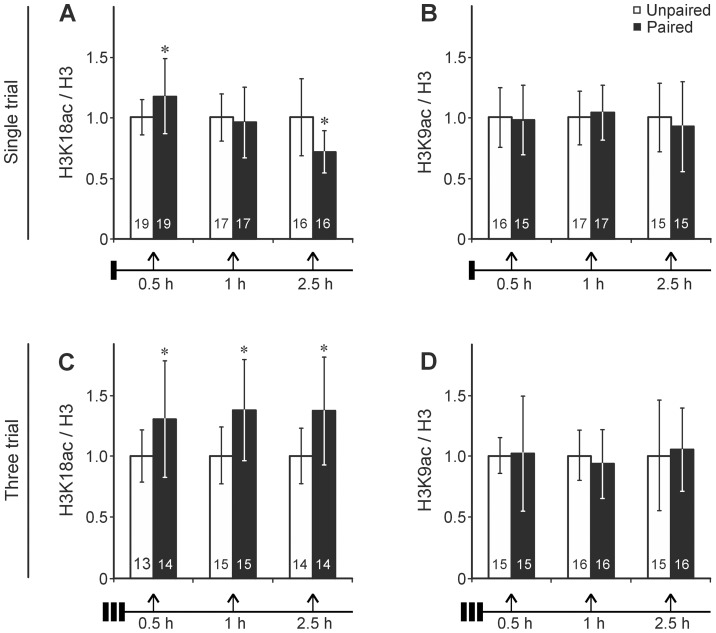Figure 2. The dynamics in histone acetylation after appetitive associative conditioning depends on the training strength.
In the paired groups honeybees either received a (A, B) single-trial conditioning (CS-US) or (C, D) a three-trial conditioning (3× CS-US with and ITI of 2 min), while in the unpaired groups CS and US was presented in unpaired order (US followed by CS after 15 s). At the indicated times (0.5, 1 and 2.5 hours) after training, the brains were dissected and the levels of acetylated histone H3K18 (H3K18ac) and acetylated histone H3K9 (H3K9ac) were quantified and related to the levels of H3 in each of the samples. Since the ratios of H3K9ac/H3 and H3K18ac/H3 of the unpaired stimulation at the times tested did not differ from each other, the ratios for each time point were normalized with respect to the unpaired control. The data represent the mean ± SD, the number of bees tested is indicated in each column. Asterisks indicate significant differences (Student's t-test (two-tailed); *p<0.05) (details in Results).

